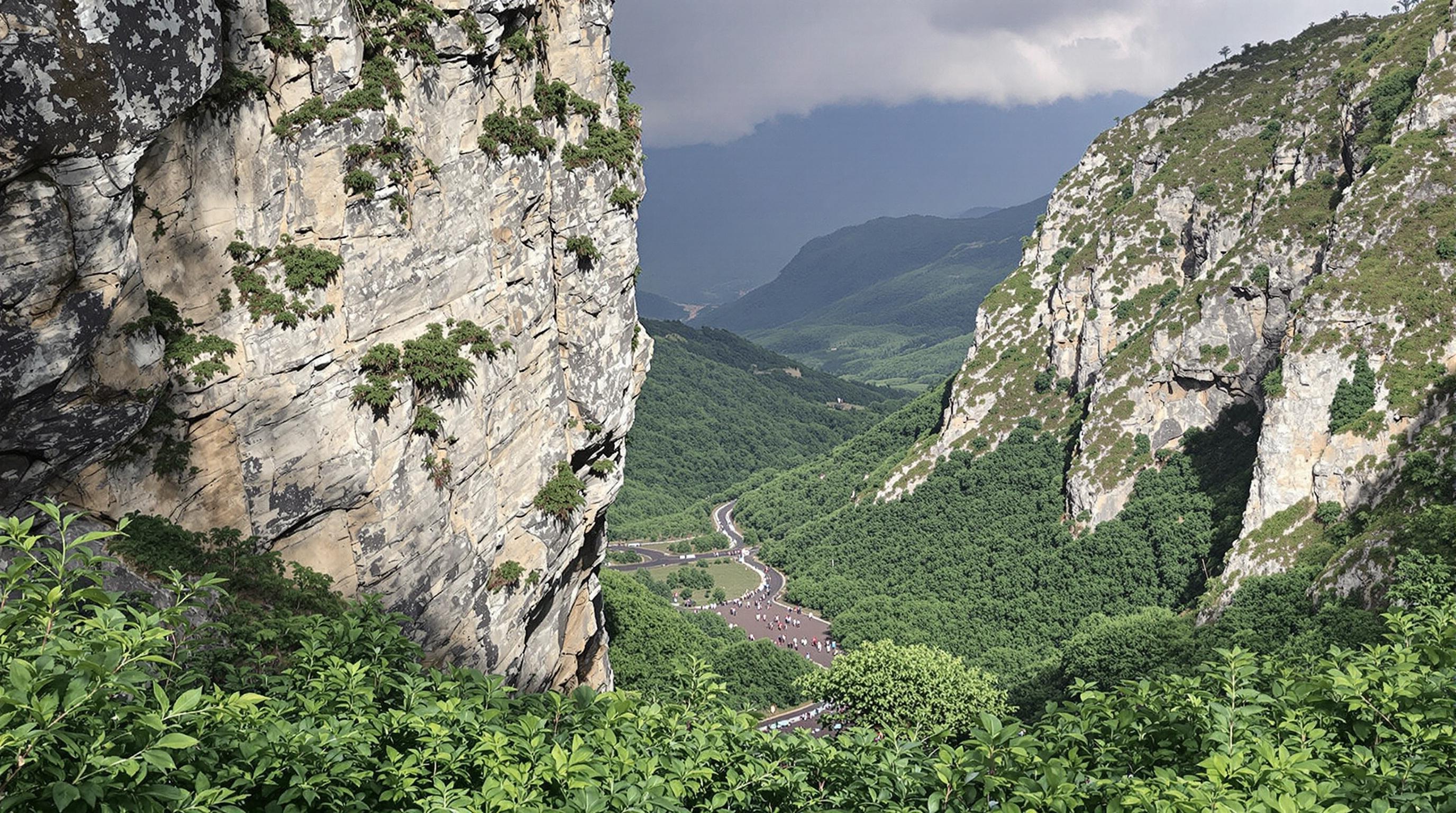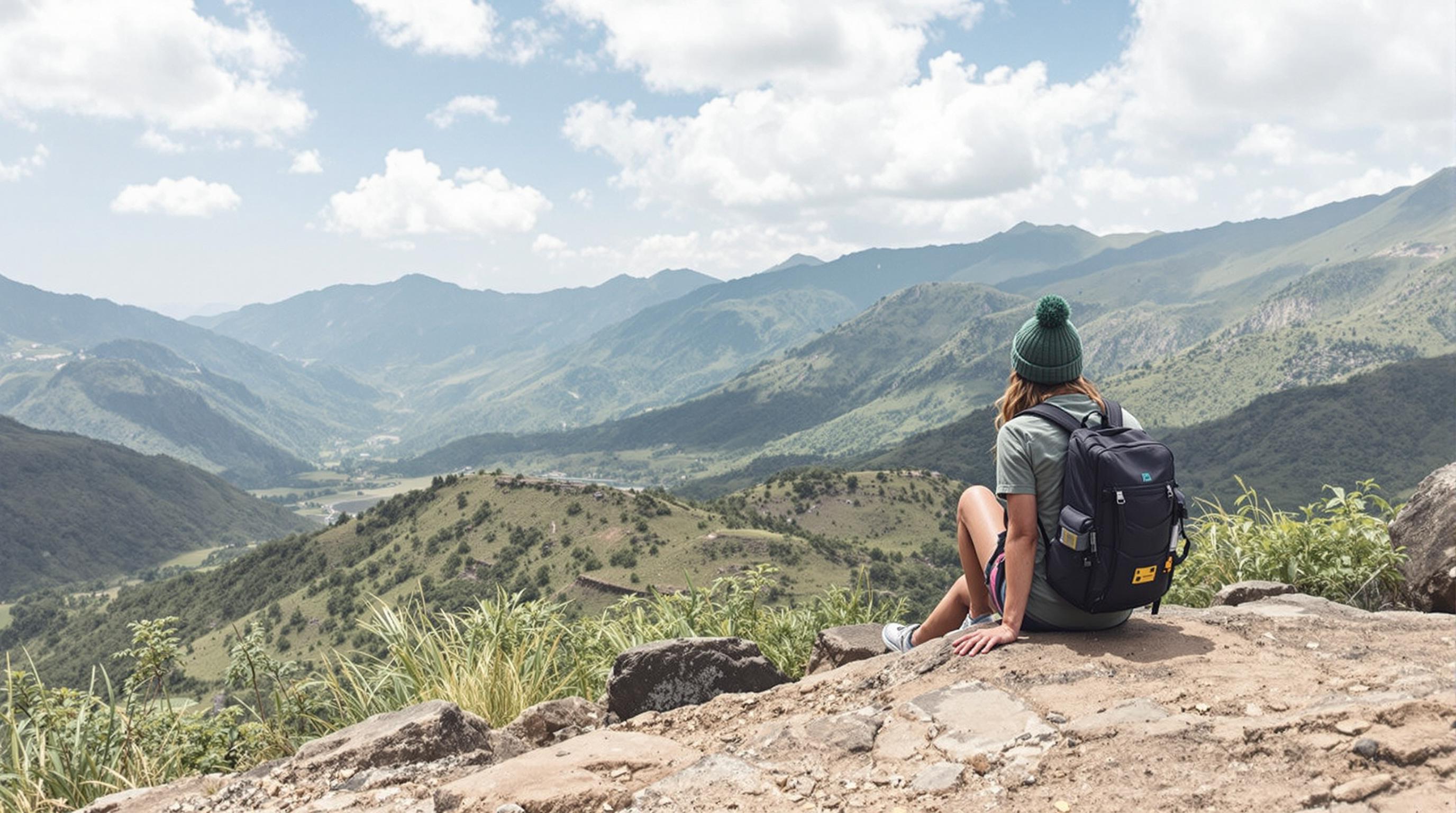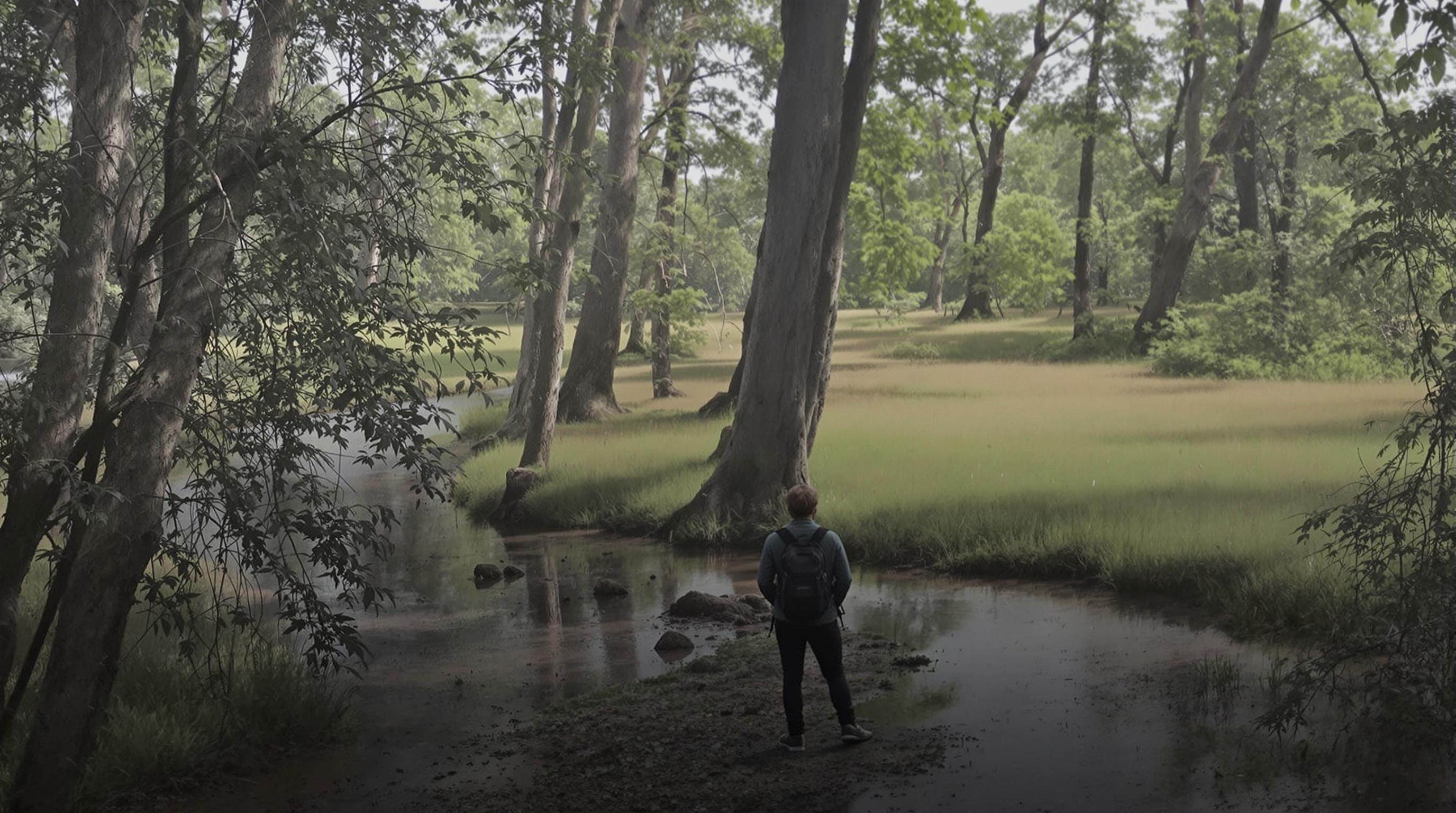Related Articles
- Culinary Cartography: The Unexpected Foods Shaping Local Identity in Urban Landscapes
- Flavors of the Forgotten: Rediscovering Culinary Traditions in the Shadows of Modern Food Trends
- Palate Pilgrimage: The Unlikely Fusion of Ancient Rituals and Modern Local Fare
- Ecosystem Engineers: Celebrating the Role of Nature-Based Solutions in Transforming Eco-Travel Experiences
- Ghost Towns and Green Trails: Unearthing Sustainable Journeys Through Forgotten Landscapes
- Hidden Footprints: Decoding the Carbon Footprint of Digital Nomadism in Edging Towards Sustainable Getaways
11 Uncharted Avenues: How Crowdsourced Conservation Efforts are Reshaping Sustainable Tourism and Engaging Global Communities
11 Uncharted Avenues: How Crowdsourced Conservation Efforts are Reshaping Sustainable Tourism and Engaging Global Communities
Introduction
In recent years, the concept of conservation has taken on new dimensions, particularly as global awareness of environmental issues grows. Crowdsourced conservation efforts have emerged as an innovative solution that merges sustainable tourism with community engagement. These grassroots initiatives allow individuals from around the world to take part in safeguarding endangered ecosystems while providing economic benefits to local communities.
As travelers increasingly seek responsible and meaningful experiences, the tourism industry has begun to adapt by embracing these collaborative approaches to conservation. This transformation not only helps in preserving biodiversity but also empowers local populations, making them integral stakeholders in their environmental future. In this article, we will explore 11 uncharted avenues through which crowdsourced conservation efforts are reshaping sustainable tourism and fostering global community involvement.
By leveraging technology and social media, these conservation efforts can reach a wider audience than ever before, facilitating active participation in sustainability initiatives. From citizen science projects to eco-tourism ventures, communities around the world are using collective knowledge and resources to forge a more sustainable path forward.
Crowdsourced Data for Conservation
One of the primary ways in which crowdsourced efforts enhance conservation is through the collection of data. Programs like iNaturalist allow members of the public to document species in their environments, contributing valuable information for scientists and conservationists alike. This collaborative data collection can lead to improved conservation strategies and enhanced ecological understanding.
Furthermore, merging this data with traditional ecological research can uncover trends and patterns that were previously unnoticed. The real-time input from citizen scientists provides a more dynamic view of biodiversity, ensuring that conservation efforts are based on the most accurate and up-to-date information available.
The integration of crowdsourced data into conservation efforts demonstrates the power of community involvement in driving meaningful environmental change. With platforms facilitating information sharing, anyone can contribute, making conservation a global effort rather than a niche pursuit.
Empowering Local Communities
Crowdsourced conservation projects provide numerous socio-economic benefits to local communities. By engaging locals in their own ecological stewardship, these initiatives create jobs and enhance local economies through eco-tourism. Communities can offer guided tours, workshops, and educational programs, drawing tourists who wish to contribute and learn about the local ecosystem.
Involving local populations in conservation decisions fosters a sense of pride and ownership over their natural resources. When communities feel responsible for their environment, they are more likely to take active measures to protect it. This empowerment leads to long-term sustainability as community members develop a strong connection to their land.
Globally, such endeavors have proven successful. For example, communities in Costa Rica have utilized ecotourism to finance reforestation, blending conservation with economic development. This model showcases the potential for crowdsourced conservation to transform not only landscapes but also livelihoods.
Innovative Funding Models
Crowdsourcing also introduces innovative funding avenues for conservation projects. Initiatives like crowdfunding platforms allow individuals to contribute financially to specific conservation efforts, reducing dependence on traditional funding sources. This democratization of funding helps to support grassroots movements that might not otherwise have access to capital.
The financial mechanisms employed by these projects often include a variety of commitments, from one-time donations to ongoing subscriptions. This diverse funding structure helps provide stability and sustains projects over time. Transparency in these funding practices increases trust and encourages more participants to donate.
With the potential to generate significant funding for conservation, this method has captured the interest of philanthropic organizations, businesses, and individuals alike. As more people become aware of the importance of preserving ecosystems, crowdsourced funding continues to gain traction.
Enhancing Awareness and Education
Another significant contribution of crowdsourced conservation is its role in increasing awareness and education. By engaging a global audience, these initiatives foster an understanding of environmental issues beyond local borders. Educational campaigns often accompany crowdsourced projects, ensuring that participants learn about the relevant ecological contexts while taking part.
Social media plays a crucial role in amplifying these educational efforts. Through shared experiences and stories, individuals can inspire others to embrace sustainability and conservation practices in their own lives. This ripple effect creates a more informed public that values ecological stewardship.
Training local guides and community members to share their knowledge about conservation not only empowers them but also enhances the visitor experience. Educated tourists leave aware of the issues facing ecological systems and are often motivated to contribute to conservation efforts themselves.
Building Collaborative Networks
Crowdsourced conservation fosters collaboration among various stakeholders, including local communities, non-profit organizations, governments, and researchers. This multi-faceted approach maximizes resources and expertise, leading to more effective solutions for conservation challenges. Collaborative networks allow for sharing best practices and innovations across different regions.
For instance, projects like the Ocean Conservancy's International Coastal Cleanup encourage worldwide participation in cleaning coastal areas, uniting diverse groups toward a common goal. As these networks strengthen, they create a foundation for pooling knowledge and resources to tackle larger environmental issues.
This spirit of collaboration not only enhances conservation initiatives but also cultivates a sense of global stewardship. With increased interconnectedness, participants can be part of a larger movement, cultivating momentum for sustainable tourism and conservation on a broader scale.
Technology and Access to Information
The role of technology in crowdsourced conservation cannot be overstated. Platforms and mobile applications have made it easier to engage a wider audience and facilitate participation in conservation efforts. Technologies such as GPS tracking and remote sensing are employed to monitor endangered species and track environmental changes, providing real-time information to both scientists and communities.
Additionally, technology has lowered the barriers to participation, allowing individuals from diverse backgrounds to get involved in conservation activities. Accessibility through mobile apps and online platforms enables potential participants to learn about local ecological issues and efforts from anywhere in the world.
This convergence of technology and conservation signifies a shift towards a more informed and engaged public. As information accessibility increases, so too does the potential for crowdsourced efforts to influence positive change on a global scale.
The Role of Social Media
Social media has emerged as a powerful tool in driving crowdsourced conservation initiatives. Platforms like Instagram, Twitter, and Facebook allow participants to share their experiences and mobilize support for various projects. Social media generates awareness and excitement around conservation, attracting interest through compelling visuals and storytelling.
Engaging narratives and stunning imagery draw attention from potential donors and volunteers, broadening the reach of these initiatives. Hashtags and challenges create a sense of community among participants, strengthening the movement and inspiring others to join.
Through social media, conservationists can also respond quickly to environmental crises, rallying support and mobilizing resources as needed. The immediacy of social media enables communities and global citizens to act collectively, turning concern into action.
Global Impact and Future Prospects
Crowdsourced conservation efforts have demonstrated a significant global impact by protecting ecosystems, enhancing the livelihoods of local communities, and raising awareness about environmental issues. As sustainable tourism continues to grow, the importance of these collective initiatives will only increase. Their ability to involve a diverse range of participants contributes to a more holistic approach to conservation.
Future prospects for crowdsourced conservation are promising, with more people globally likely to engage in these efforts. As awareness around climate change and biodiversity loss escalates, the potential for grassroots movements to effect change is vast. The intersection of technology, community empowerment, and sustainable tourism is an area rich with possibilities.
As we look ahead, it is crucial to support and amplify these movements to ensure that they can thrive and adapt to future challenges. Crowdsourced conservation is not just a trend; it represents a necessary shift in how we perceive our role in the ecosystems that sustain us.
Conclusion
The landscape of sustainable tourism is being reshaped through new crowdsourced conservation efforts that engage global communities. These initiatives harness the collective power of individuals to protect biodiversity while simultaneously providing socio-economic benefits to local communities. Through innovative funding models, technology, and collaborative networks, the potential for meaningful change is vast.
By supporting crowdsourced conservation, we are not only participating in environmental stewardship but also fostering solidarity among communities worldwide. This paradigm shift toward a more inclusive approach to conservation and tourism can lead to a more sustainable future for both our planet and its inhabitants.
In the interconnected world we inhabit, each of us can contribute to the ongoing journey of sustainable conservation, shaping a better tomorrow through collective action today. Together, through the uncharted avenues of crowdsourced conservation, we can make a significant impact on preserving our planet's natural treasures.




